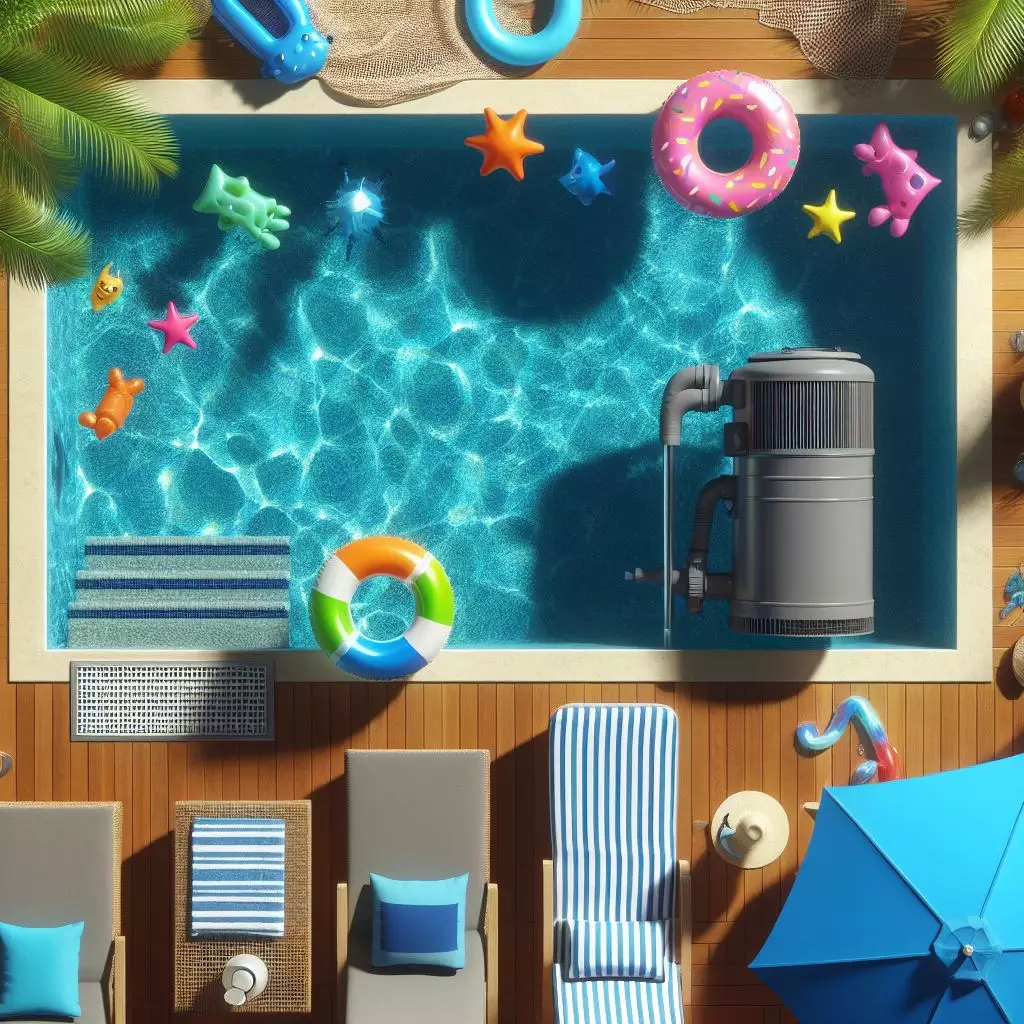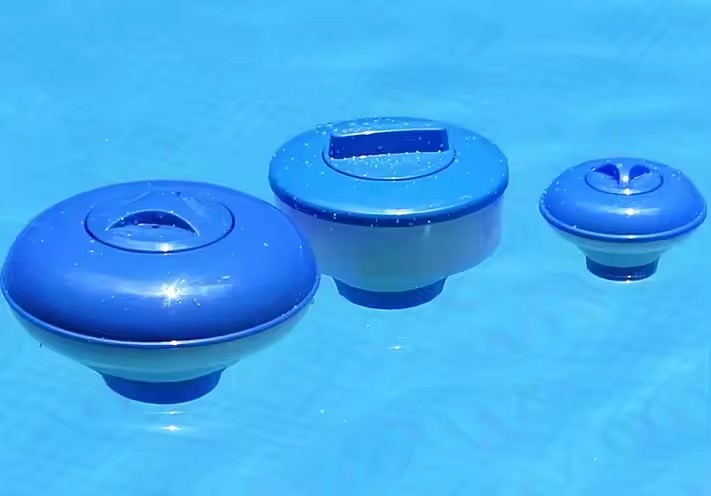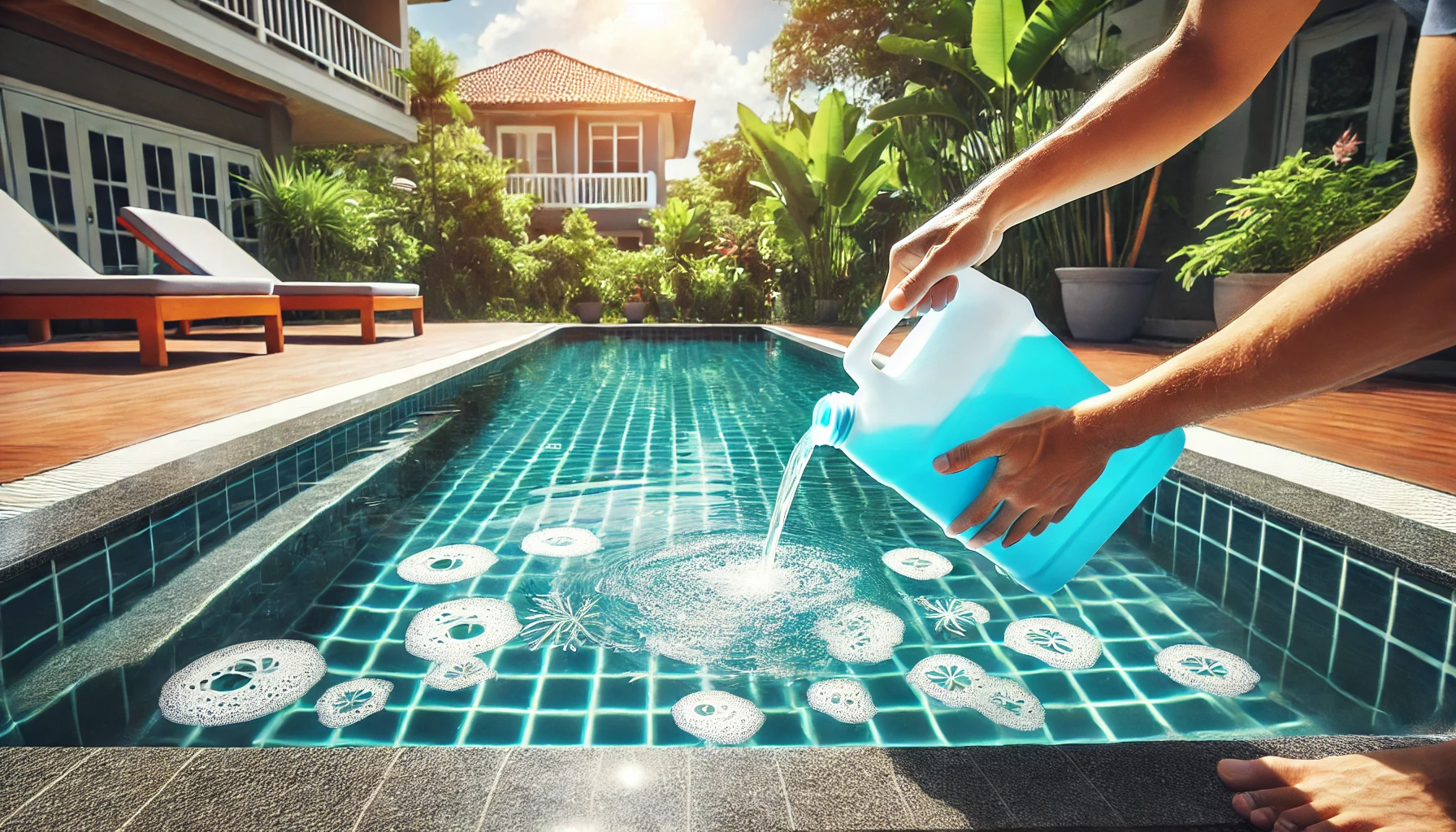Maintaining a swimming pool involves understanding and managing various pieces of equipment, one of which is the pool sand filter pressure gauge. Though small, this tool is crucial for the health and efficiency of your pool’s filtration system. Much like a car’s check engine light, the pressure gauge alerts you to potential issues before they escalate into significant problems. This guide will delve into the intricacies of pool sand filter pressure gauges, including their importance, how to read and interpret them, and troubleshooting tips for high or low-pressure readings.

What is a Pool Sand Filter Pressure Gauge?
A pool sand filter pressure gauge is a device that measures the pressure inside the filter tank. It is typically mounted on top of the filter and displays the pressure in pounds per square inch (psi). The gauge helps pool owners monitor the filter’s performance and ensure that it operates within the optimal pressure range. This monitoring is vital because deviations from the normal pressure range can indicate underlying issues that need to be addressed to maintain efficient filtration and protect other pool equipment.
Normal Pool Filter Pressure
There is no one-size-fits-all “normal” pressure for all pool filters, as the ideal range can vary based on factors such as the filter size, pump strength, and the cleanliness of the filter media. However, a typical range for many filters is between 10 to 25 psi. Establishing a baseline pressure when the filter is clean and new is essential. This baseline serves as a reference point for future readings, helping you determine when the filter needs maintenance.
To establish this baseline, record the pressure gauge reading after installing the filter with clean media and running all equipment normally. This initial reading is your target for maintaining optimal filter performance.
High Filter Pressure: Causes and Solutions
High pressure in the pool filter usually indicates that the filter is becoming clogged with debris. While a slightly dirty filter can improve filtration by capturing finer particles, excessively high pressure (10 psi above your baseline) suggests it’s time to clean the filter. Here’s how to address high pressure:
- Backwash the Filter: For sand filters, backwashing is a process that reverses water flow through the filter to flush out accumulated debris. Perform this procedure regularly to maintain proper pressure levels.
- Clean the Filter Media: If backwashing doesn’t suffice, the filter media might need a thorough cleaning. Sand filters should have the sand replaced every few years to maintain efficiency.
- Check for Obstructions: Ensure there are no blockages in the pool’s plumbing or pump basket that could be restricting water flow and causing high pressure.
- Use Air Release Valve: Sometimes, air trapped in the filter can cause high-pressure readings. Use the air release valve to purge any trapped air and stabilize the pressure.
If these steps do not resolve the issue, it might be necessary to replace the filter media or consult a professional for further inspection.
Low Filter Pressure: Causes and Solutions
Low pressure in the pool filter can indicate insufficient water flow reaching the filter, often due to blockages or leaks in the system. Here are common causes and solutions for low filter pressure:
- Inspect for Blockages: Check the skimmer, pump basket, and plumbing for debris that might be restricting water flow. Clean out any obstructions found.
- Examine the Pump: Ensure the pump is operating correctly. A malfunctioning pump can reduce water flow and cause low pressure.
- Look for Leaks: Leaks in the pool system, particularly around the pump, can lead to low pressure. Inspect all connections and seals for signs of leaks and repair as necessary.
- Clean the Impeller: The pump impeller can sometimes become clogged with debris, reducing water flow. Disassemble the pump and clean the impeller to restore proper function.
If these measures don’t correct the low pressure, there could be a more significant issue with the pump or filter that requires professional attention.
Importance of Regular Monitoring
Regularly monitoring the pool sand filter pressure gauge is crucial for maintaining the health of your pool. Weekly checks allow you to detect and address issues early, preventing more severe problems. Keep a log of pressure readings to identify trends and deviations from the norm quickly.
Additional Tips for Maintaining Optimal Pressure
- Maintain Water Level: Ensure the pool water level is at the midpoint of the skimmer. Low water levels can introduce air into the system, affecting pressure readings.
- Routine Pool Maintenance: Regularly clean the pool to minimize the debris entering the filtration system. This includes skimming the surface, vacuuming the bottom, and maintaining chemical balance.
- Use Swimming Pool Chlorine Tablets: Swimming pool chlorine tablets help maintain the water’s sanitation, reducing the load on the filter by preventing algae growth and minimizing organic contaminants.
- Inspect Equipment: Regularly inspect all pool equipment, including hoses, seals, and connections, to ensure everything is in good working order.
Troubleshooting Pressure Gauge Issues
If you’ve ensured that the filter and pump are clean and free of blockages, but the pressure gauge still shows abnormal readings, the gauge itself might be faulty. Pool filter pressure gauges are not immune to wear and tear and might need replacement periodically.
- Check the Gauge: Verify that the gauge is properly attached and not damaged. If it appears cracked or corroded, it’s time for a replacement.
- Replace the Gauge: Fortunately, pressure gauges are relatively inexpensive and easy to replace. Ensure you purchase a compatible gauge and follow the manufacturer’s instructions for installation.
Conclusion
Understanding and managing your pool sand filter pressure gauge is vital for maintaining a clean and healthy swimming pool. By regularly monitoring the pressure, you can quickly identify when the filter needs cleaning or if there are issues within the system that require attention. Regular maintenance, including the use of swimming pool chlorine tablets, ensures that your pool remains an inviting and safe environment for swimmers. With careful attention and timely interventions, you can extend the life of your pool equipment and enjoy a sparkling clean pool throughout the swimming season.


